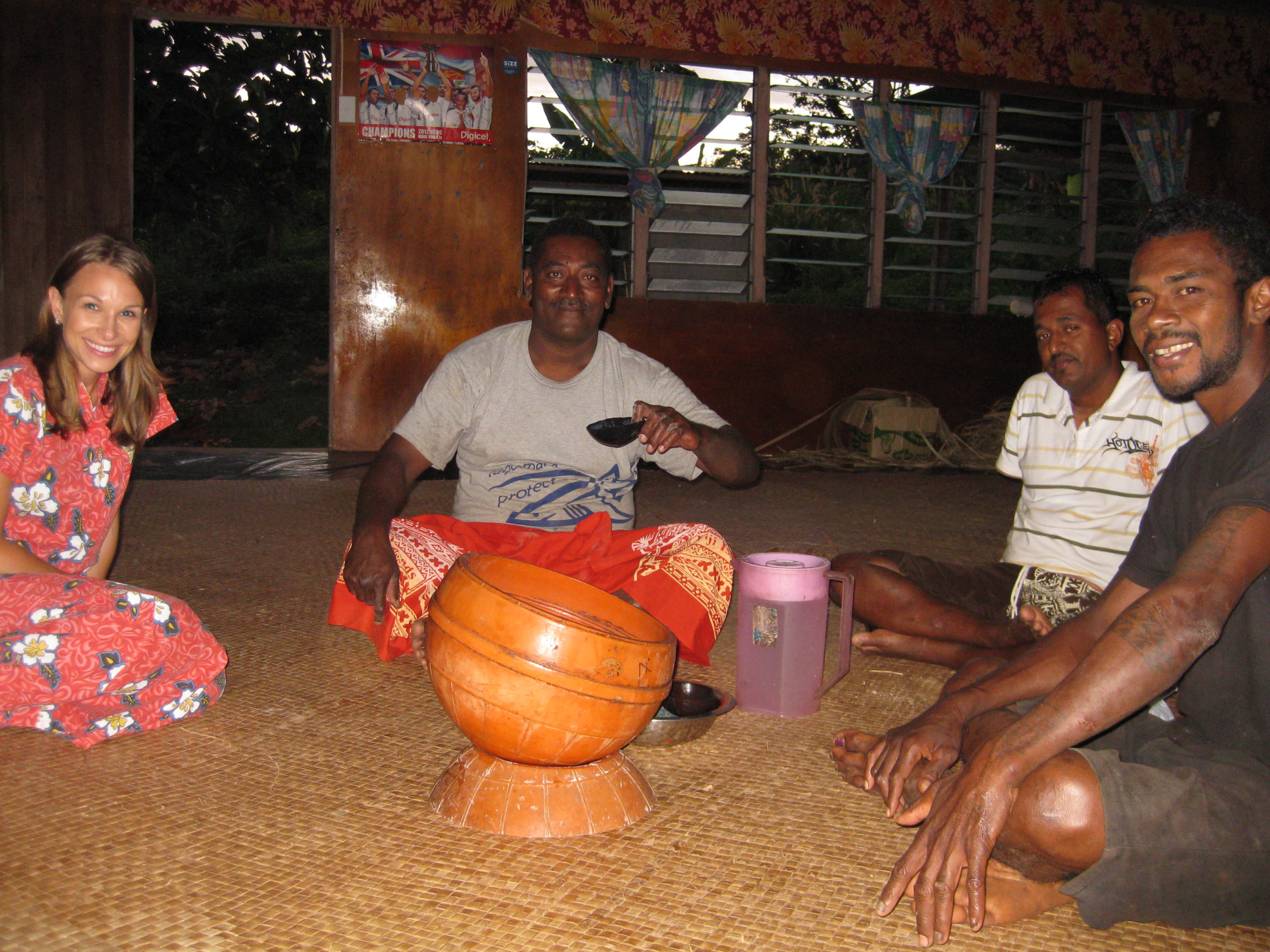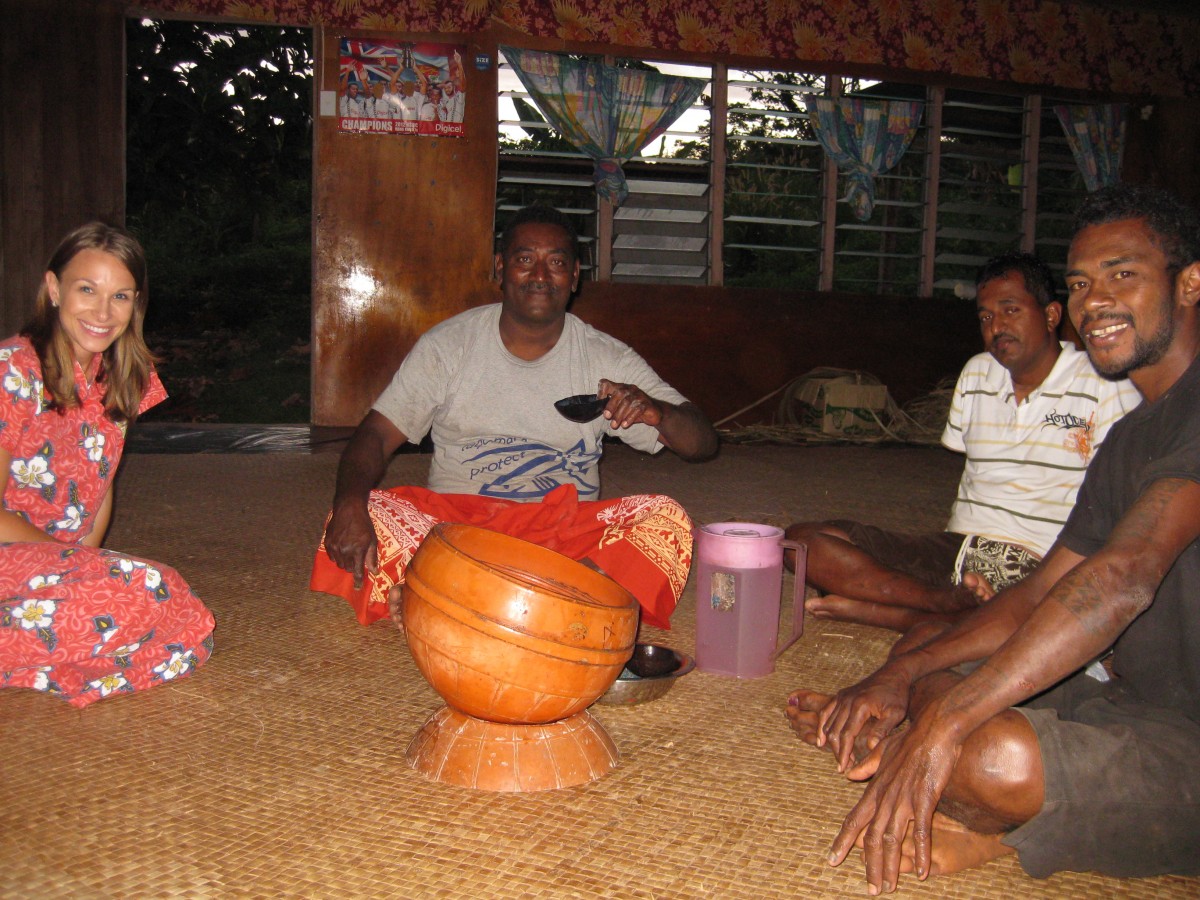
The social sciences have historically been more intertwined with terrestrial conservation than with their marine counterpart. The notion of incorporating social science into conservation efforts began with the concept of Integrated Conservation and Development Programs (ICDPs), which aimed to simultaneously meet development and conservation goals. While the results of these projects were mixed, it remains a commonly used concept, carried out under the more commonly known term of “community-based natural resource management” or “community-based conservation.” Through these programs, conservation groups, particularly in the developing world, are increasingly incorporating social needs into their strategies.
Socially integrative concepts like co-management, Territorial Use Rights Fisheries (TURFs), and Rapid Assessment techniques are now more prevalent in coral reef conservation as well. All of these structures and tools incorporate social science principles. Today it seems that taking human needs and desires into account is recognized as being irrevocably linked to conservation, yet community members are still sometimes brought in as an afterthought.
Pursuing conservation is inherently a social endeavor, which means that taking humans into account as part of the ecosystem is invaluable to our work as conservationists. As our field staff around the world can attest, entering a community with preconceived ideas and plans doesn’t always work out. Particularly when dealing with marine conservation and a local community that depends on the resources of the sea, our approach must be open and humble. As referenced in a recent paper by Hicks et al.,1 “human values need to be considered in all decision-making”–and these values and priorities can differ greatly.
CORAL has found that entering a community with an active ear, ready to work with all stakeholders to find common ground, is the best approach. When working with different cultures it is easy to project our own perceptions onto a situation. Instead, the community’s interpretations, perceptions, and desires must be expressed, understood, and incorporated from the beginning. CORAL adopts these lessons from social science and employs them in our approach.
This framework for engagement can be seen in our programs in Fiji, Honduras, and Indonesia. In these countries, we have worked alongside and in collaboration with local communities, ensuring that their concerns and needs receive priority. In Fiji, we consulted with community members and local stakeholders numerous times in designing a user fee system that respected their goals and authorities. The result was a broadly accepted program that achieved high local compliance.
Conservation success can never be achieved without the compliance and support of human beings. Conducting socioeconomic studies and engaging the community prior to coming to conclusions regarding problems and solutions ensures that the actual and perceived issues are addressed, with collaboration and buy-in from all.
1 Hicks, C., Graham, N., Cinner, J., Synergies and tradeoffs in how managers, scientists, and fishers value coral reef ecosystem services. Global Environmental Change. December 2013. 23:6, pp. 1444-1453.
